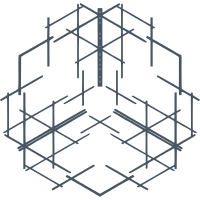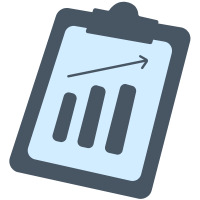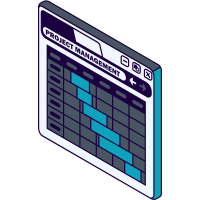Using guard clauses to write cleaner code

Guard clauses are a practical way to write cleaner functions by handling the unwanted cases first. Instead of nesting your entire function inside a stack of if conditions, you check for the early exits up front - returning or throwing as needed - and move on. It's a habit that keeps code flatter and easier to read. The structure becomes simpler, and it’s immediately clear what the function does and under what conditions it doesn’t even bother.



